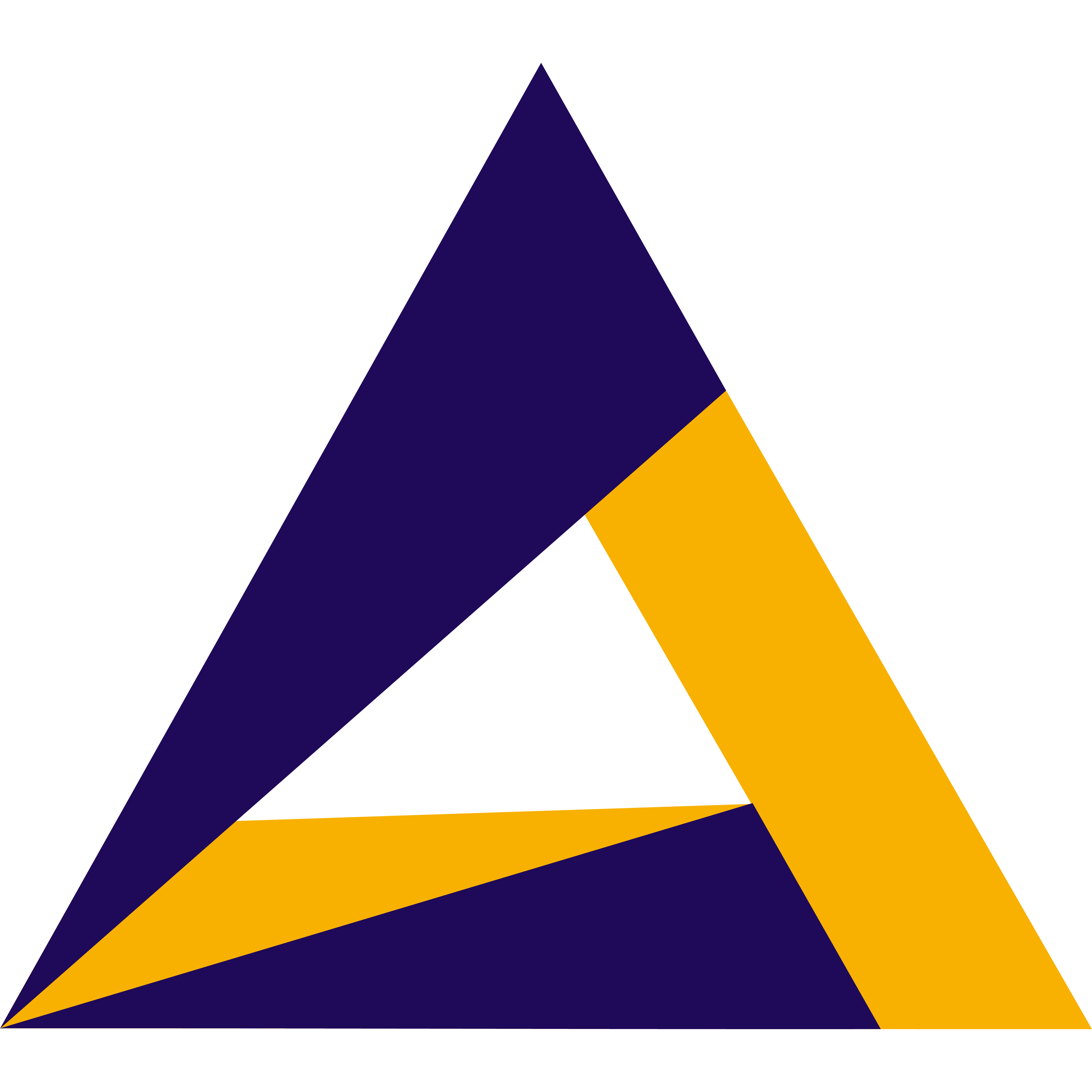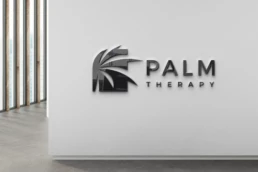Popular Logo Design Trends 2023
Your logo is often the first thing potential customers see, so it's important to make a good impression. A well-designed logo can help you stand out from the competition, communicate your brand values, and build trust with customers.
If you're looking to update your logo or create a new one, here are some of the most popular logo design trends for 2023:
Minimalism
Minimalist logos are simple, sleek, and easy to remember. They often use a single color and a few simple shapes to create a strong visual impact. Some popular examples of minimalist logos include Nike, Apple, and Airbnb.
Muted colors
Muted colors are soft and subdued, and they can create a sense of calm and sophistication. They're also a good choice for brands that want to convey a natural or organic feel. Some popular muted colors for logos include sage green, dusty pink, and terracotta.
Geometric patterns
Geometric patterns can add a touch of modernity and sophistication to your logo. They can also be used to create a sense of movement and dynamism. Some popular geometric patterns for logos include triangles, squares, and circles.
Icons in lettermarks
A lettermark is a type of logo that uses the initials of a brand name to create a symbol. Icons in lettermarks are a popular way to add visual interest and personality to a lettermark. For example, the Google logo uses a stylized "G" that looks like a magnifying glass, symbolizing the company's focus on search.
Glitch effect
The glitch effect is a digital distortion that can be used to create a unique and eye-catching logo. It's a good choice for brands that want to convey a sense of innovation and modernity. Some popular examples of logos with a glitch effect include the Instagram logo and the Spotify logo.
Gradients
Gradients are a smooth transition between two colors. They can be used to create a sense of depth and dimension in a logo. They're also a good choice for brands that want to convey a sense of fun and playfulness. Some popular examples of logos with gradients include the Airbnb logo and the Mastercard logo.
Typography with a twist
Typography is the art and technique of arranging type. Typography with a twist is a trend that involves using unique and creative fonts and type arrangements to create a logo that stands out from the crowd. Some popular examples of logos with typography with a twist include the Pepsi logo and the Disney logo.
In addition to these trends, here are some other things to keep in mind when designing a logo in 2023:
- Accessibility: Make sure your logo is accessible to people with all abilities, including those with visual impairments. This means using high-contrast colors and avoiding complex fonts.
- Versatility: Your logo should be versatile enough to be used in a variety of contexts, such as on your website, social media pages, and marketing materials. This means choosing a simple and scalable design.
- Authenticity: Your logo should be authentic and reflective of your brand's personality. Avoid using generic or overused designs.
If you're not sure how to create a logo that's both trendy and effective, it's a good idea to work with a professional logo designer.
Brand positioning is one of the key factors that determine the success of a business and its operations. In a world where competition for customer attention is very high and the battle for the fittest dictates extra effort to win acquisition, it is very essential to know what your brand stands for.
To decide upon your brand’s strategic position, you have to employ a strategy guided by insights to bridge the gap between your brand’s value proposition and what motivates your audiences.
The practical way to achieve this is by combining your company’s mission statement with the generated data-driven strategic insights.
So, how do you use digital insights to boost your strategic positioning?
As long as your business is online, you can easily gain access to a lot of useful data that can reveal insights into your brand, how active it is online activity and the details of your audience.
For instance, you can view statistics on engagement with your social media profiles, in many cases using analytics interfaces built into the account itself. You can also use Google Analytics to learn all about the people who are visiting your website, and how each page of your site performs in terms of metrics.
One thing to be sure about is that as long as there is data that could be of use to you, there will be a way for you to find it. It is recommended that you regularly review and add to the insights you use. This will help you to keep your strategic position aligned to your environment.
It’s also advisable to carry out random brand audits to check whether or not the digital marketing efforts live up to your strategic position.
Some of the questions to answer include what your organization stands for; what the core purpose of your organization is; and how everything your organization does provides value.
Once you have the answers to these questions, along with the key objective you are to use to define your strategy, then this will guide the brand positioning.
6 Digital Media Channels for your Business to Explore
We are in an era where your business needs effective digital marketing to be recognized online. To register success, the activity focuses on managing different forms of online company presence. This includes company websites, mobile apps and social media company pages, integrated with different online communications techniques.
Here are the 6 digital media channels for your business to explore, and the various techniques employed in each.
Search Engine Marketing
Gaining visibility on a search engine to encourage click-through to a website when the user types a specific keyword phrase.
Two key search marketing techniques are: paid placements using pay-per-click via Google Ads or Bing, and placements in the natural or organic listings using search engine optimization (SEO) where no charge is made for clicks from the search engine.
SEO involves on-page optimization by improving the relevance of content and technical improvements to the website to improve crawlability monitored through Google Search Console.
Additionally, visibility in the search engines can be improved by getting relevant ‘backlinks’ from websites which effectively count as a citation or vote.
Social Media Marketing
This includes both paid advertising on social networks and organic social media amplification where companies aim to gain visibility through content shared by social media feeds and pages.
Social media marketing is an important category of digital marketing that involves encouraging customer communications on a company’s own site, or social presences such as Facebook or Twitter or in specialist publisher sites, blogs and forums.
It can be applied as a traditional broadcast medium – for example, companies can use Facebook or Twitter to send messages to customers or partners who have opted in.
Display Advertising
Use of online ad formats such as banners and videos on publisher sites to achieve brand awareness and encourage click-through to a target site. These are usually considered as separate investments from paid search and paid social ads since ads are typically displayed on publisher sites.
Programmatic display refers to where media and target audiences are selected by trading or bidding against other advertisers.
Native advertising involves paying to publish content that appears on a media site rather than a banner ad. It’s similar to when companies pay for features on pages in newspapers as well as to sponsorship; and in both cases, there may be a long-term relationship where a brand pays for its name to be associated with a publisher or event.
Digital PR
Involves maximizing favorable ‘offsite’ mentions of your company, brands and products by other organizations and people, especially media sites or influencers such as celebrities.
These mentions may create name awareness, but have the benefit that they can also drive visits through links and support SEO through backlinks. These mentions may occur on publisher websites, blogs or social networks, and podcasts accessed by your target audience.
Guest-blogging involves writing an article for which no fee is typically charged on another businesses website. It’s often a reciprocal arrangement. Influencer outreach is used in both B2B and B2C communications. It usually refers to working with individuals rather than publishers to gain mentions through their social media, blogs or podcasts.
Digital PR also includes responding to negative or positive online brand mentions and conducting public relations via a site through a social media news center or blog, for example.
Digital Partnerships
Creating and managing long-term arrangements to promote your online services on third-party websites or through website content and messaging.
Affiliate marketing involves a commission-based arrangement where the advertiser only pays when a sale occurs. It’s most applicable to retail, travel and financial services sector where an affiliate website will get paid for traffic when an online sale occurs.
Co-branding is a technique where two brands are featured within email marketing or native advertising. Co-marketing is similar, but it is a ‘contra’ arrangement for which no fee is usually paid when companies collaborate to share content with the aim of raising awareness and leads amongst the pooled audiences.
Digital Messaging
Traditionally digital messaging to individuals who have subscribed to updates has focused on Email marketing, which is still a commonly used digital media channel since it is cost-effective.
However, email is used less by younger audiences who are more likely to subscribe to mobile push notifications from websites and apps.



